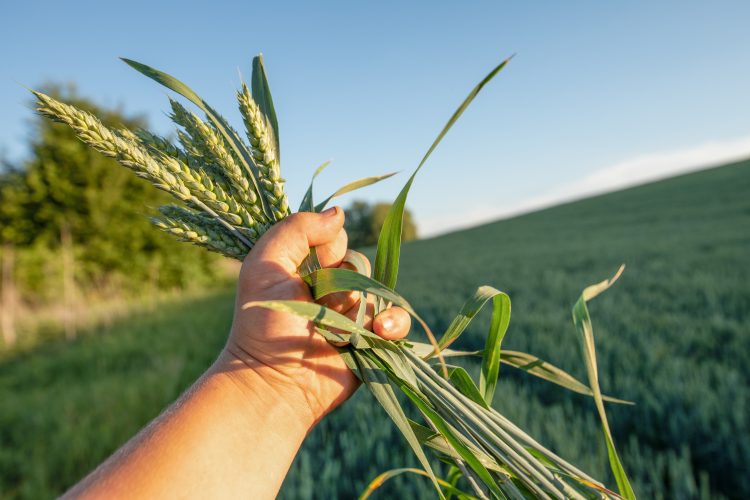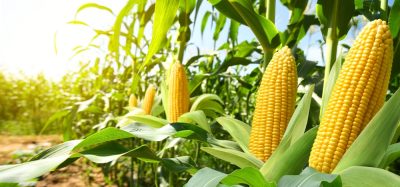Scientists make advancements in engineering crop research
- Like
- Digg
- Del
- Tumblr
- VKontakte
- Buffer
- Love This
- Odnoklassniki
- Meneame
- Blogger
- Amazon
- Yahoo Mail
- Gmail
- AOL
- Newsvine
- HackerNews
- Evernote
- MySpace
- Mail.ru
- Viadeo
- Line
- Comments
- Yummly
- SMS
- Viber
- Telegram
- Subscribe
- Skype
- Facebook Messenger
- Kakao
- LiveJournal
- Yammer
- Edgar
- Fintel
- Mix
- Instapaper
- Copy Link
Posted: 6 April 2023 | Grace Galler | No comments yet
Researchers have made “significant advances” towards understanding why certain crops are better at generating a higher yield than others.


University researchers have carried out a study in the field of plant sciences and have made “significant advances” towards understanding the underlying reasons behind why certain crops are better at generating more yield than others.
The study outlines how smart plants could be engineered in the future to improve their productivity and yield.
The research was conducted at the Department of Plant Sciences, University of Cambridge and was led by Dr Pallavi Singh, who is currently at the University of Essex’s School of Life Sciences.
The main focus of the study was photosynthesis, a process that plants use to turn light, carbon dioxide, and water into sugars.
“There are two kinds of photosynthesis: C3 and C4. Most food crops – such as rice, wheat, barley and oats – depend on the less efficient C3 photosynthesis, where carbon is fixed into sugar inside cells called ‘mesophyll’ where oxygen is abundant,” the researchers explained.
Multiscale crop modelling required to ensure sustainable food security
“However, oxygen can hamper photosynthesis. C4 crops – such as maize, sugarcane, sorghum and millets – have evolved specialised ‘bundle sheath’ cells to concentrate carbon dioxide, which makes C4 photosynthesis as much as 60 per cent more efficient, particularly in hot and dry environments. “
Taking rising global temperatures into account, the researchers stated that C3 plants are growing in regions that are hot and dry “meaning they could benefit from the energy-saving mechanisms of C4 photosynthesis”.
However, experts noted that C4 photosynthesis is “very complex, poorly understood, and has only been investigated mainly on a gene-by-gene basis to see if its mechanism can be used to improve productivity of C3 crops”.
The research project lasted for five years and took a genome-wide, comprehensive approach to investigate the differences between C4 and C3. Working with Professor Julian Hibberd and his Cambridge colleagues, Dr Singh’s research provided new insights into the evolution of C4 photosynthesis.
Overall, the findings showed that C4 plants have acquired more ‘light regulatory elements’ – which are like master switches for photosynthesis – therefore paving the way to engineer C3 plants to be more like C4 plants.
“We are so pleased that our research provides significant advances in our current understanding of why C4 plants are more efficient at photosynthesis,” said Dr Singh.
“With the world’s booming population, future food security will be a growing issue around the globe, and we need to find scientific solutions to make our crops more efficient so they improve their yields and develop better mechanisms to cope with climate change so we can feed the planet.”
Related topics
Environment, Equipment, Food Security, Research & development, Supply chain, World Food








